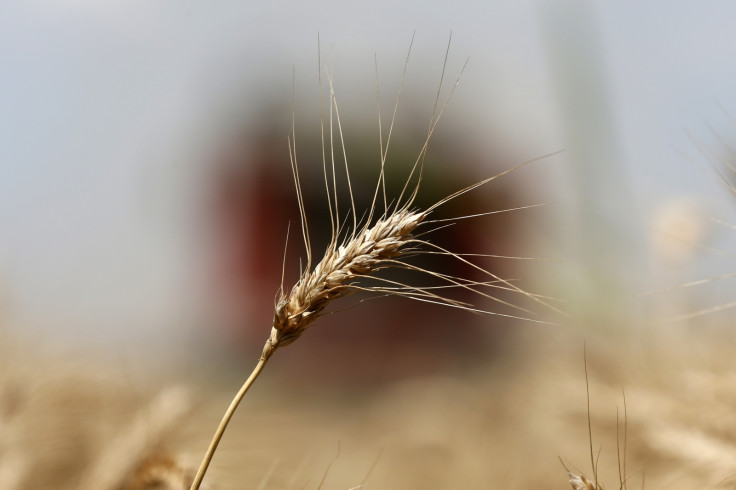Unique Wheat Gene Identified Enabling Scientists to Develop Pest and Disease Resistant Breeds

Scientists at Washington State University have identified the specific gene that controls the orderly pairing of wheat chromosomes during reproduction, but prevents wheat from breeding with related crops.
By silencing the gene, they were able transfer a gene from a wild relative of wheat, goat grass, to confer resistance to the stripe rust fungus on wheat.
This opens the field to developing new wheat varieties with resistance to pests and diseases.
"This gene would not allow rye chromosomes to pair with wheat," said Kulvinder Gill, a WSU professor, who reports his findings in the journal Proceedings of the National Academy of Sciences.
"We cannot get a single gene transfer into wheat as long as this gene is present."
Incorporating the gene transfer into the overall breeding process, researchers can develop a new variety of wheat in five years. Natural variations in the wild take millions of years.
The scientists claim that the process is similar to natural transfer of genes and is not genetic modification using technology.
The wild ancestors of wheat have routinely passed on genes as they accidentally cross-bred with each other for over 35 million years.
However, some 10,000 years ago with the rise of agriculture and cultivated wheat, the plant's genetic structure changed.
Instead of being diploid, with two sets of chromosomes like humans and most other living things, it became polyploid, with seven sets of six related chromosomes.
Handling this rather complicated set of chromosomes and ordering the right pairing was the task of the gene. Wheat is fertile because of this gene.
The problem is that the gene also protects the crop from cross-breeding with related ancestors. This blocked attempts by growers till now to select any desired trait from other breeds.
© Copyright IBTimes 2025. All rights reserved.





















